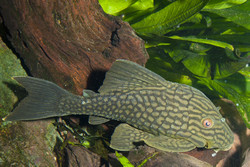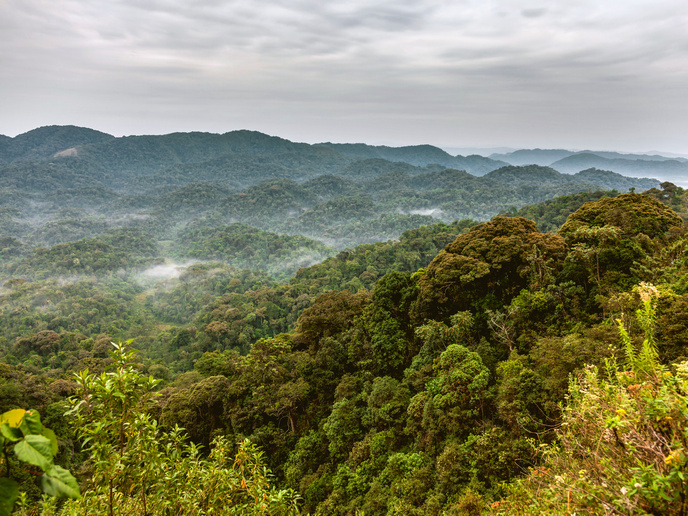How do these fish survive on wood?
Panaque nigrolineatus, a Brazilian armoured catfish, is able to eat and digest wood and survive for a long period of time on a wood-only diet. It maintains this xylophagous (wood-eating) lifestyle through microbes in its digestive system that digest cellulose and fix nitrogen, but the bacteria have never been studied. The EU-funded project METAXYLO (Metagenomic analysis of microbial communities involved in wood degradation in a xylophagic catfish) studied these microbes and the genes they use to achieve this feat. Scientists raised the fish on wood only or wood plus other foods and then studied the bacterial communities in different parts of the gastrointestinal (GI) tract. Genetic sequencing revealed that there are distinct microbial communities present in each part of the GI tract. Species richness was highest in the foregut and researchers showed that each area (foregut, midgut, hindgut, whole auxiliary lobe) had very distinct communities. This suggests that each community performs a different digestive function. METAXYLO identified close relatives of microorganisms that digest cellulose and fix nitrogen in other ecosystems. This is the first time that scientists have found nitrogen-fixing bacteria in a vertebrate GI tract. With the rising reliance on biofuels and bioplastics, bacteria that can digest cellulose are in demand. The bacterial communities and genes identified during the project will be useful to biotechnologists working in those fields.







